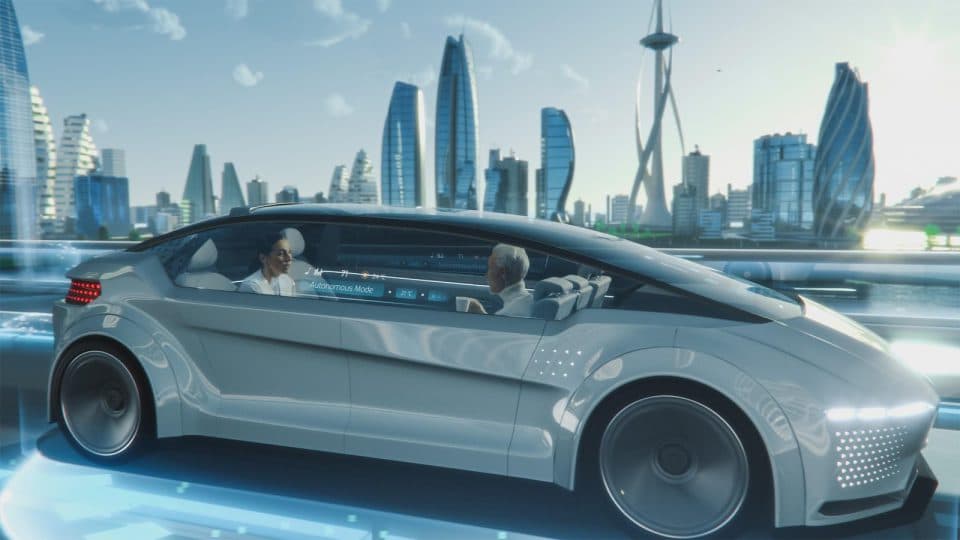Trends Impacting the Future of Transportation and Travel
Right now, all of the vehicles on the roads are operated in ways nobody would have imagined in 1886 when the car was first invented. But what we can expect from the not-so-distant future is even more astounding with the introduction of autonomous transport.
The next ten years will mold the future of the transport industry. The way we live our lives during the next decade will include a 25% increase in electric vehicles purchase for the domestic market. Commercial transport changes show a rise of 80% as nearly all newly manufactured vehicles will either be fully electric or hybrid vehicles.
To meet several criteria, including carbon-neutral targets, the trends that impact the future will only too soon become a reality. These are the trends that are set to change the face of commercial and leisure travel by 2030.
Table of Contents
Autonomous Vehicles Lead the Way
Self-drive cars sound like something we expect to see in Sci-Fi movies, but the reality is autonomous vehicles already exist, albeit not on the highway. The first self-driving train launched in London on the London Thameslink route back in 2018. Meanwhile, in the US, the Mandalay Bay Tram transports passengers from the Tropicana – Las Vegas Boulevard intersection via the Excalibur Hotel and Luxor Hotel to the Mandalay Bay Resort at the southern end, all with no driver.
As for cars, Elon Musk has been testing an autonomous Tesla for some time. In an interview with the BBC, Musk states, Tesla is already “very close” to achieving the requirements of this “level-five” autonomy, which requires no driver input. So exciting times ahead.
Hyperloop Technology

Musk has his fingers in many proverbial pies, and the Hyperloop is also one of his projects. Hyperloop is a new form of transportation on the highway which is currently in development. When the technology comes to fruition, it could see passengers traveling at over 750 miles an hour in a levitating pod propelled along inside giant tubes under low-pressure. These pods will be either above or below ground.
It sounds unlikely and even a bit crazy, but millions of dollars that have been poured into this venture say otherwise. Here’s how it would work:
The infrastructure allows the pods carrying passengers to travel through tunnels or tubes from which most of the air has been removed. By removing the air, you reduce friction, which allows the pods to travel at up to 750 miles per hour.
Rather than using wheels, the pods are designed to float on air skis, using the same basic magnetic levitation principles to reduce friction, much like a basic air-hockey table. Still not convinced?
Musk says the Hyperloop will be cheaper and faster than conventional travel and also less polluting. The claim states it will be quicker and more affordable to build than high-speed rail and intelligent Super Highways. Therefore, the Hyperloop could be used to take the pressure off gridlocked highways, make travel more straightforward, and potentially unlock economic and ecological benefits. We can only wait to see if this is merely a pipe dream.
Electric Planes ready for Takeoff
Closer to reality, in an article in 2019 called ‘Green Power: Will climate change propels the sector towards Hybrid Electric Aviation,’ investment bank UBS stated that $1-2bn would be spent on research for a dual power architecture airplane.
In the meantime, some aviation autonomy already exists with commercial jets using their onboard computers to take off and land. The task undertaken by the pilot is increasingly focused on managing and overseeing the aircraft and its systems and not flying the plane. This technology is only set to improve – to the point where no pilot is needed at all. So as well as self-driving cars there will also be self-flying planes.
While it’s interesting to talk about the nuts and bolts of future travel, it’s the concept of personalized on-demand travel services that fascinates most people.
Mobility as a Service

The concept (MaaS) or Mobility as a Service is still in its infancy. Designers will better utilize the technology in the long-term as it responds to alternative multi-concept forms of network transportation.
MaaS Global is a company based in Finland that pioneers effective MaaS services by creating apps that combine public and private transport services. The MaaS software business models differ from Uber or Bolt, as they do not run the infrastructures but instead accumulate data with existing operators. The concept makes it much more likely for cities that have banned companies like Uber to accept this kind of service system as it will increase the efficiency of existing businesses.
In the future, MaaS apps will align with ‘Smart Cities’ and offer real-time information on essential travel planning. On the ground, practical aspects will likely include crowding levels, road works, industrial action, and even the frequency of the cleaning of public transports. This would help to better estimate travel times and evaluate risks giving an overall picture to save time and energy.


